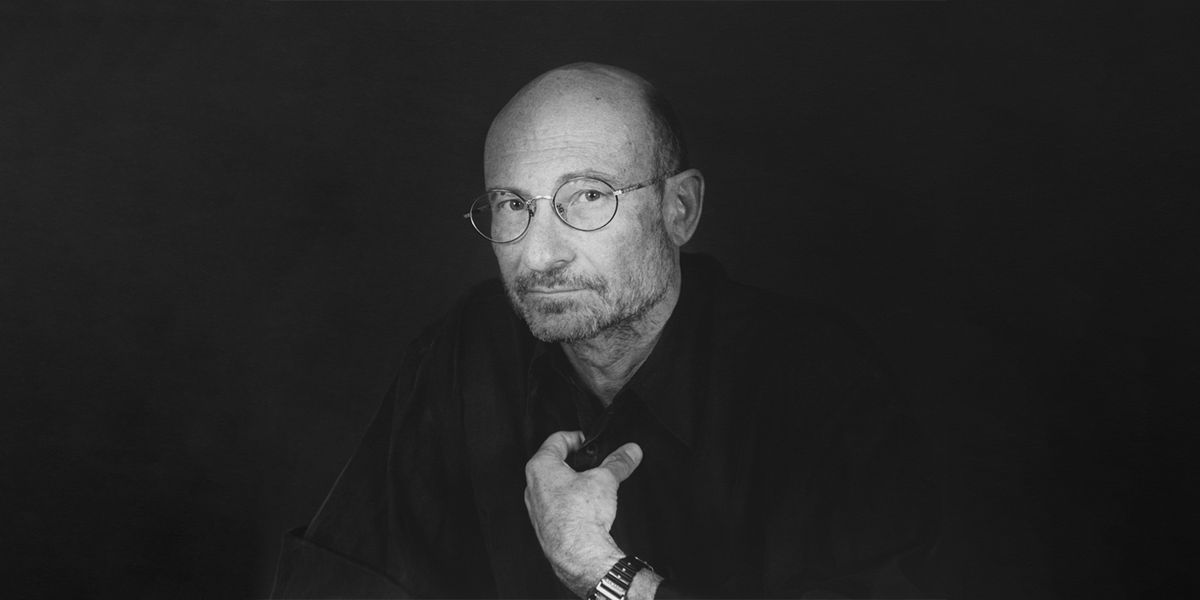Ronald Feldman, the pioneering gallerist behind the eponymous Ronald Feldman Gallery—formerly Ronald Feldman Fine Arts—has died, aged 84.
Feldman died on 20 December and his gallery announced the death yesterday in a statement and on social media. “Ron spoke the language of art and believed in its power to convey timeless messages and spiritual truths. He was a champion of big ideas,” the gallery said in a statement. “Ron was an impassioned collaborator, coach and leader that made everyone feel part of a movement. He fostered a community built on deep-rooted values and was a fearless visionary of a better world.”
After an unhappy career as a corporate lawyer, Feldman opened the gallery in 1971 alongside his wife Frayda Feldman, occupying a space on East 74th Street before relocating to SoHo in 1982.
Feldman quickly established himself as a gallerist willing to take risks and take whatever actions were necessary to champion artists whom he felt strongly about. In 1972, Feldman’s gallery was home to Hannah Wilke’s debut solo-show, in which the artist displayed a suite of her anatomically-allusive wall-mounted sculptures. In 1974, Feldman convinced Joseph Beuys—who had refused to travel to the US in protest of the Vietnam war—to come to the states for the first time, and the gallerist accompanied Beuys on his celebrated ten-day lecture tour “Energy Plan for the Western Man,” in which Beuys shared his ideas of social sculpture with an American audience for the first time.
The following year, Chris Burden performed his work White Light/White Heat in the gallery, in which, as an Artforum review described, Burden lay “silently, inertly on a triangular platform built into a corner of the Ronald Feldman Gallery” for three weeks.
Feldman was politically active, showing an early penchant for displaying politically-minded artists long before it was in vogue to do so. In 1976, for instance, the gallery was home to the first works by the Russian-born artist duo Vitaly Komar and Alexander Melamid to be smuggled out of the Soviet Union, though the artists themselves were barred by Soviet authorities from attending the exhibition. In the 1990s, Feldman’s political involvement grew stronger, and he was appointed by President Bill Clinton to serve on the National Council on the Arts, where he remained for five years.
In 2019, Feldman retired from the gallery after nearly 50 years at the helm, citing health concerns as his reason for stepping down. It was announced that his son Mark Feldman would be taking over gallery operations in his stead.
“We’re going to continue to try to push boundaries, and continue Ron’s legacy,” Mark told The New York Times on the announcement of the retirement, adding that his father “supported artists who were really groundbreaking and willing to take risks,” and that he was “so passionate about championing ideas-based work, and advancing and creating platforms for artists that truly engage with the widest range of social issues and political causes in our world.”


